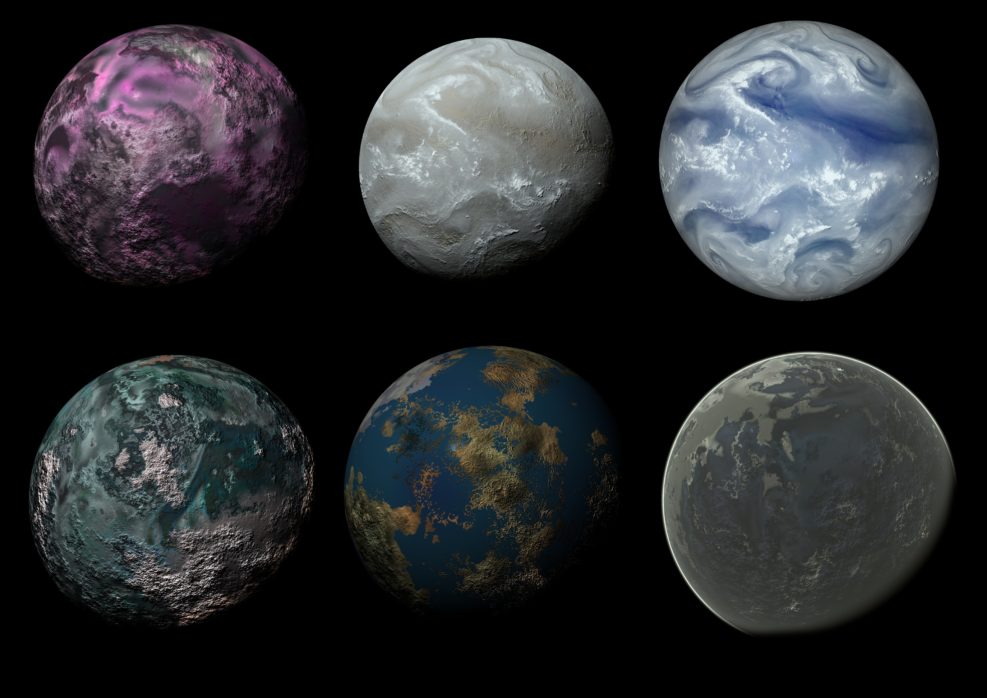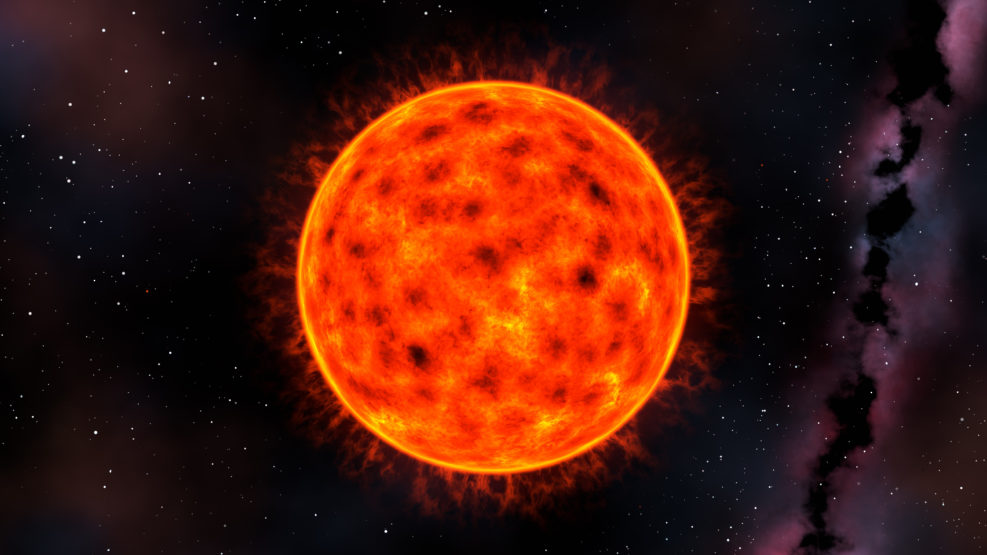
The Search for Extraterrestrial Life 15
Recent news features Earth-like planets and water worlds — and how comet impacts may be providing Europa’s oceans with materialIn our universe: Here are the James Webb Space Telescope’s best images from a spectacular year first year (it launched December 25, 2021). Could there be such a thing as “dark light?” Science writer Tibi Puiu tells us at ZME Science that some physicists think that the mysterious dark matter of the universe is made out of dark photons: “A new study found that hypothetical particles called dark photons can explain discrepencies in the ‘cosmic web’.” (December 14, 2022) “First introduced in 1986 by physicist Bob Holdom, dark photons, also known as ‘heavy photons’ or ‘hidden photons’, are supposed to be gauge bosons for dark matter. Dark photons and regular photons are expected to mix, such that the dark photons Read More ›

